New Scientist covers the latest developments in science and technology that will impact your world. New Scientist employs and commissions the best writers in their fields from all over the world. Our editorial team provide cutting-edge news, award-winning features and reports, written in concise and clear language that puts discoveries and advances in the context of everyday life today and in the future.
Elsewhere on New Scientist
Kicking up a stink • We need political intervention and joined-up thinking to end sewage pollution crises
New Scientist
Winged messenger approaches the ISS
The superconductor free-for-all • People around the world are trying to verify if a material called LK-99 is a superconductor at room temperature and pressure. But it is no easy task, finds Karmela Padavic-Callaghan
Inexplicably bright light is coming out of the sun
Death Valley flower may hold secret to plant heat adaptation
We can’t tell if we have goosebumps • People seem to incorrectly report when piloerection makes their hairs stand on end
NASA misplaces Voyager 2 then finds it again a week later
Analysis Dementia tests • Why consumer tests for risk of Alzheimer’s have potential downsides People in the US can now order a blood check online to pick up warning signs of Alzheimer’s, but it is unclear what they can do about it if they are told they are at risk, says Clare Wilson
Is fusion energy finally here? • The US National Ignition Facility has produced a fusion reaction with a net gain in energy. What does that mean, asks Matthew Sparkes
ADHD linked to brain signals • Disrupted brain signals have been tied to attention deficit hyperactivity disorder in adults
Ancient whale might have been heaviest animal to ever live
Neuron-like machinery helps anemones know when to sting
AI voices hard to spot even if you know they may be fake
Chemical reaction used in cooking may have nurtured complex life
Bees lose sleep if they are exposed to light at night
Trees keep their distance to avoid pathogens
Why gold glows under light • Understanding the process may help us control the reactions used in energy storage
Gut microbiome linked to fitness and biological age
Concrete could work as battery for solar-powered homes
Moths make their own minty fragrance
Fake silk harvests water from air
How to cut drag when racing in open water
Really brief
A shot of reality • Weight-loss injections such as Wegovy will need to be for life, not just two years. Health services must face up to that, argues Clare Wilson
Our Human Story • On the roof of the world The notion that the Tibetan plateau was only settled within the past 5000 or 10,000 years has been blown apart over the past two decades, finds Michael Marshall
Star power
Your letters
A terrifyingly tight fit • Lee Berger was determined to enter the cave where fossils of the ancient hominin Homo naledi were discovered. But a dreadful journey lay ahead, finds Alison George
Exploring the solo world • More and more people are staying single long term. A nuanced book looks into the effects of life lived alone, finds Elle Hunt
New Scientist recommends
The film column • Getting a grip Christopher Nolan’s Oppenheimer isn’t just authoritative and intellectually triumphant, it addresses the paranoia around nuclear power and creates a perspective for us to understand the origin of our fears, says Simon Ings
The four ways to age • Everyone has a specific part of their body that ages faster than the rest. Work out what it is and you could live a longer, healthier life, finds Graham Lawton
Rivers of filth • Enormous volumes of...

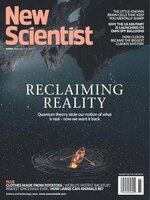 Sep 07 2024
Sep 07 2024
 Aug 31 2024
Aug 31 2024
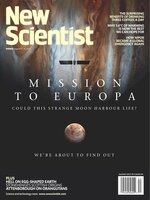 Aug 24 2024
Aug 24 2024
 Aug 17 2024
Aug 17 2024
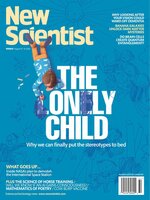 Aug 10 2024
Aug 10 2024
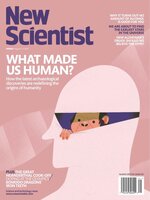 Aug 03 2024
Aug 03 2024
 Jul 27 2024
Jul 27 2024
 Jul 20 2024
Jul 20 2024
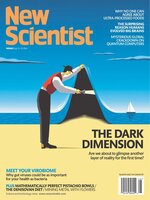 Jul 13 2024
Jul 13 2024
 Jul 06 2024
Jul 06 2024
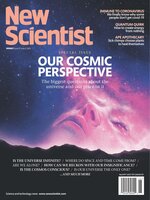 Jun 29 2024
Jun 29 2024
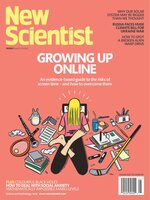 Jun 22 2024
Jun 22 2024
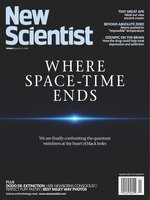 Jun 15 2024
Jun 15 2024
 Jun 08 2024
Jun 08 2024
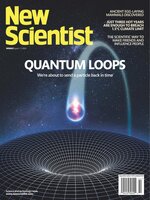 Jun 01 2024
Jun 01 2024
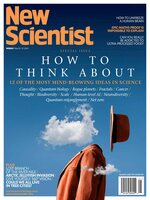 May 25 2024
May 25 2024
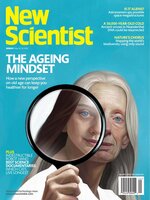 May 18 2024
May 18 2024
 May 11 2024
May 11 2024
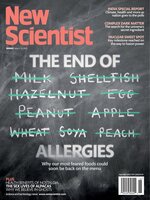 May 04 2024
May 04 2024
 Apr 27 2024
Apr 27 2024
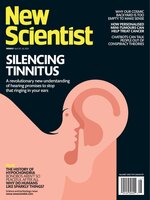 Apr 20 2024
Apr 20 2024
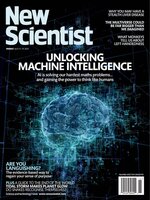 Apr 13 2024
Apr 13 2024
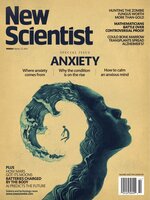 Apr 06 2024
Apr 06 2024
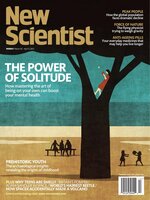 Mar 30 2024
Mar 30 2024
